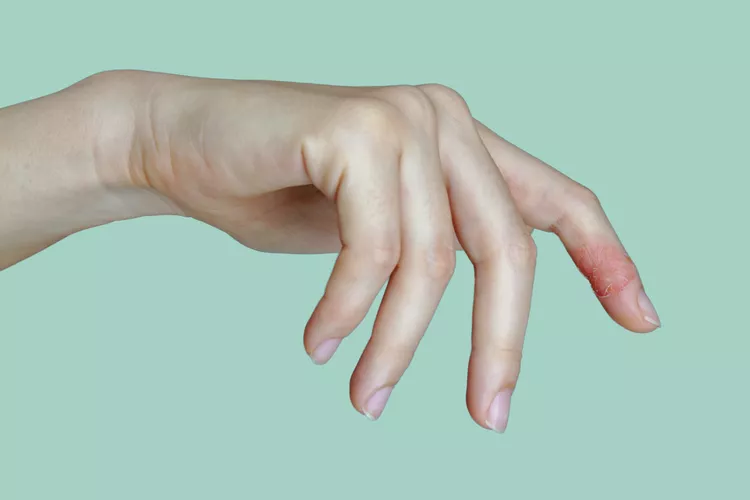Atopic Dermatitis is the most common form of eczema that causes itchy, dry, and inflamed skin. It often appears early in life, but while most people develop atopic dermatitis by 5 years of age, this condition can also start during puberty or later.
There are three distinct stages of Atopic Dermatitis and proper management is important in order to prevent discomfort, pain, and worsening of the condition.
Acute Atopic Dermatitis
Symptoms — May be characterized by vesicular, crusting, blistering, and oozing skin. You might also experience small red bumps, redness, burning, itchiness, and ongoing irritation.
Treatment — First, identify any potential trigger for the flare up and remove it before starting treatment. The mainstay of treatment for this is topical anti-inflammatory medications including steroidal and nonsteroidal options.
If you are unsure on what products to use, request an appointment and we will work with you to determine which products to use and create a skincare regimen that best fits your needs.
Subacute Atopic Dermatitis
Symptoms — Similar to acute atopic dermatitis but often less intense, this stage is characterized by dryness, scaling, and crusting skin. Some irritation or itchiness, dry and cracked skin, flakiness, and persistent redness may also occur.
Treatment — It’s important to steer clear of any potential trigger that may cause your eczema to go back into the acute phase or prevent patches from healing. From here, you can continue the anti-inflammatory regimen recommended by your derm.
Use thick ointments on “hot spots” that need more attention. Also be on the lookout for potential infections so you can treat them immediately, and use cool compresses to soothe your skin.
Chronic Atopic Dermatitis
Symptoms — Chronic atopic dermatitis presents with what’s called “lichenified” skin (thick, dry patches that have a leathery appearance). You might also experience darkened areas (hyperpigmentation), deep cracks, and itching. Over time, if these lesions are chronically scratched, it can develop into nodule-like lesions.
Treatment — The best treatment for chronic atopic dermatitis also includes topical steroids and nonsteroidals, typically at stronger concentrations. However, there are also other modalities for more extensive disease such as injectable biologics, some of which are approved down to six months of age and can be truly life changing.
You’ll also want to continue that soothing skincare regimen that leverages deeply moisturizing creams and ointments, cool compresses and antihistamines to soothe the itch, and avoid all potential triggers.
If you feel like you can’t get ahead of the flare ups or discomfort, please request an appointment and we will help you.
